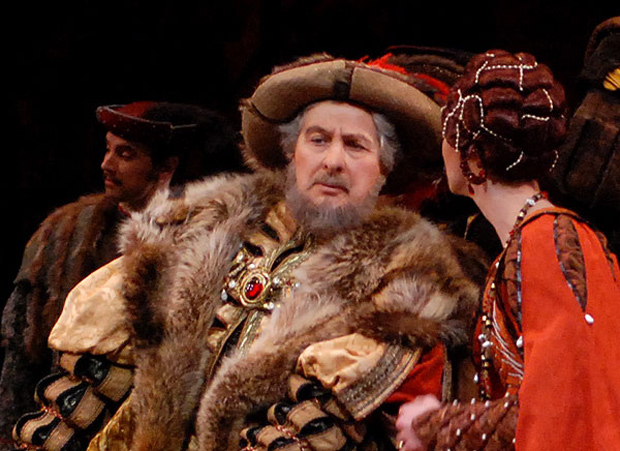
© John Ross, courtesy the Royal Opera House.
David Drew, born March 12 1938, London; October 16 2015.
David Drew, for 56 years a member of The Royal Ballet, has died after a long battle with illness. He described himself as one of a ‘bridge generation’ of dancers. The longevity of his career meant that he worked with many figures from the Ballets Russes – Tamara Karsavina, Bronislava Nijinska, Lydia Lopokova, Léonide Massine, George Balanchine, Alicia Markova, Sergei Grigoriev and Lubov Tchernicheva – but also taught many dancers and choreographers working today. Alina Cojocaru, Marianela Núñez, Christopher Wheeldon, David Dawson, Cathy Marston and Andrew McNichol are among many who received his support. Drew passionately believed in understanding history so as not to repeat the mistakes of the past – and in the need to champion the new. Or in his own words, “A typical Piscean, swimming in opposite directions at once.”
The son of a dancer and singer, Drew was born in London and raised in Bristol, training at Westbury School of Dancing. He won a Royal Academy of Dancing gold medal in 1954 and was accepted by The Sadler’s Wells [now Royal] Ballet School. By then he had already made his first choreography, a solo that he danced at an eisteddfod, using music from Richard Rogers’ Slaughter on Tenth Avenue.
The Royal Opera House’s performance database records Drew’s first performance as one of Kostchei’s retinue in The Firebird in March 1955 though he had earlier appeared in Le Tricorne when Massine staged his ballet there. It was Massine in The Red Shoes who had first prompted Drew’s interest in dance. As a student Drew gained experience appearing in The Bartered Bride and Aida where the stagecraft of such singers as Geraint Evans proved valuable. Kostchei was to become one of Drew’s most dramatic portrayals, later filmed. Other filmed performances included Drew as Tybalt in Romeo and Juliet, Dr Stahlbaum in The Nutcracker, Thomas in La Fille mal gardée and Yslaev in A Month in the Country. His recollections of Nijinska when she staged Les Noces for The Royal Ballet in 1966 were also recorded.
After military service, an interruption that Drew admitted did nothing to improve his classical technique, he returned to The Royal Ballet. He was promoted to soloist in 1961 and principal 13 years later. He subsequently became a principal character artist, continuing to appear as a guest after his retirement in 2003. His last appearance was as the duke in Giselle in 2011. The following year, illness prevented him from appearing in one of his key roles, Lord Capulet in Romeo and Juliet, as Monica Mason, a career-long friend as well as colleague, had wished during her valedictory season.
Mrs Pettitoes in Tales of Beatrix Potter was a rare created role for Drew. He recognised that he was seldom first choice for choreographers but he appreciated being cast by John Cranko in a pure dance role in Brandenburg Nos. 2 and 4 in 1966. Otherwise choreographers usually turned to Drew for his acting abilities. For Antony Tudor he created a celestial Shadowplay, for Joe Layton he was Bernard Shaw in The Grand Tour and De Guiche in David Bintley’s original Cyrano. For Kenneth MacMillan, following Drew’s created role as the gaoler in Manon, Drew was Monsieur GM. In Mayerling he created Bay Middleton, progressing to Emperor Franz Josef. Other created roles were Max Merx in the two-act Isadora, the master in Rituals, courtier (and later emperor’s counsellor) in The Prince of the Pagodas, in which Drew had first appeared in John Cranko’s original ballet. Drew’s favourite role, the sadistic captain in MacMillan’s Different Drummer. Drew enjoyed his label as the company’s villain of choice.
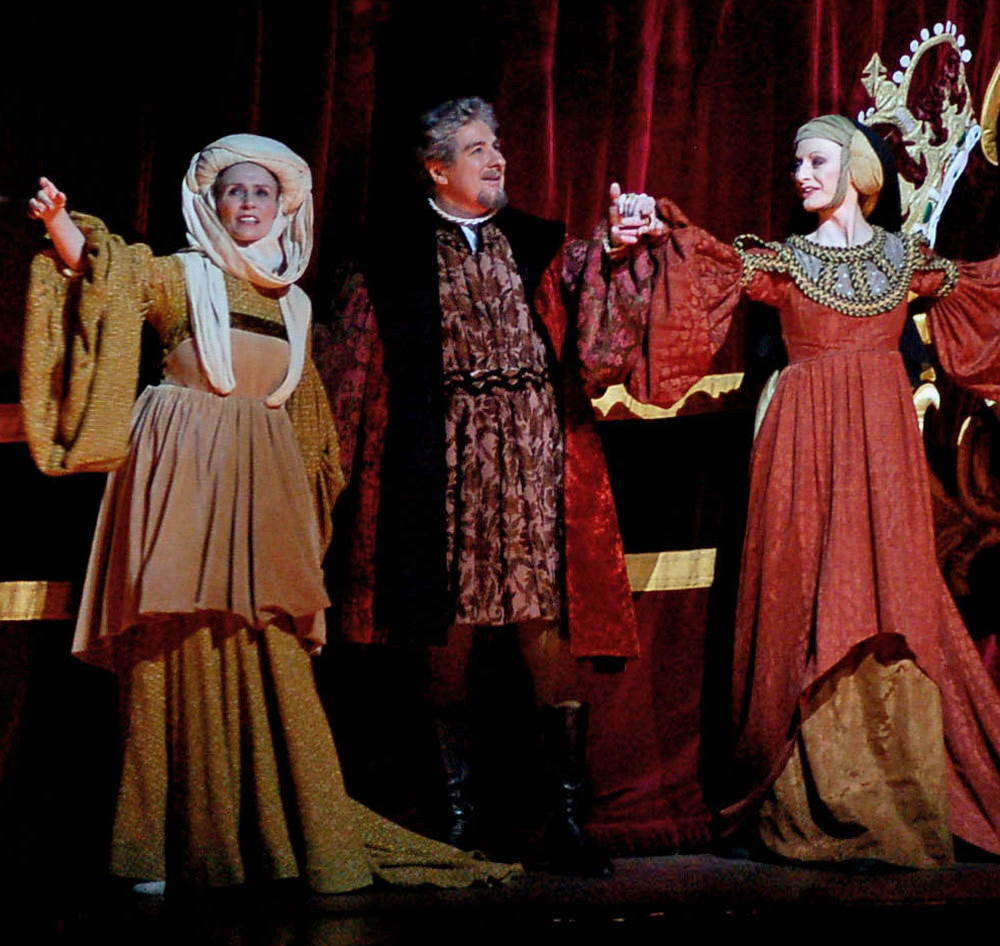
Courtesy a DanceTabs reader.
The length of Drew’s career, and, he joked, his lack of technique, meant that he undertook several roles in the same ballet. Besides Capulet he was previously Mercutio and Tybalt (Romeo and Juliet), Wilfred and Hilarion (Giselle), Bryaxis and Dorkon (Daphnis and Chloë), Laertes and Polonius (Hamlet). Drew was best known for the dramatic roles that give character to The Royal Ballet’s performances. Besides Kostchei, he was the showman in Petrushka, Satan in Job and Von Rothbart in Swan Lake. In Ashton’s ballets he assumed the bossy sister in Cinderella, the father in Marguerite and Armand and Jaeger in Enigma Variations. Although in real life he tilted at many windmills, the title role in Don Quixote was one role that escaped Drew. “Derek always did it,” he told me through gritted teeth, referring to his natural rivalry with his contemporary, Derek Rencher. This was something that Frederick Ashton exploited when they created the sparring Lysander and Demetrius in The Dream.
A maverick but always principled, Drew followed his father, a founder member of Equity, to become The Royal Ballet’s union representative over a period of 40 years. He received the MBE for “services to dance,” more for his work offstage he hoped. Drew received too a reprimand in 2002 for talking publicly about the impact of Ross Stretton’s leadership of The Royal Ballet.
Drew championed dancers in many ways. He was a trustee of the company’s pension scheme which he helped establish. To further promote dancers’ working conditions Drew was instrumental in the creation of The Dance Action Group, which ultimately became Dance UK. During the long gestation period of the Royal Opera House redevelopment Drew argued the need for improved rehearsal facilities and additional performance spaces, evident now in the Clore studio and Linbury theatre.
At the Royal Ballet School Drew taught graduate pas de deux class, later partnering his many students professionally, Alessandra Ferri, Darcey Bussell and Sarah Wildor included. He was particularly proud of his contribution to the choreographic course, where participants included Christopher Hampson, Matthew Hart, Paul Lightfoot and Tom Sapsford.
Drew’s staging of Renard in 1968, featuring Alexander Grant, Stanley Holden, Deanne Bergsma and Wayne Sleep, led to five other created ballets; Intrusion, From Waking Sleep, Sacred Circles, The Sword of Alsace (“As long as the Franco-Prussian war,” thought somebody who saw it. “Truly awful,” conceded Drew) and St Thomas’ Wake to a score by Peter Maxwell Davies with Stephen Jefferies and Laura Connor in the cast (“My least awful,” thought Drew). His ballet, Impressionist, was denied public performance by MacMillan, justifiably Drew accepted.
Away from ballet, Drew choreographed musicals. Following the end of stage censorship in 1968 The Canterbury Tales played five years in London before a transfer to Broadway, though without Drew’s choreography. He also choreographed The Duenna, Popkiss and Troubadour and met the actress June Ritchie, who became his second wife, when choreographing His Monkey Wife.
In his retirement Drew produced ballet scenarios. The Three Musketeers, with music by Malcolm Arnold and choreography by David Nixon, was premiered by Northern Ballet Theatre and subsequently staged by Estonian National Ballet. With the approval of the Britten Estate, Drew developed a two-act scenario for The Prince of the Pagodas with Christopher Hampson, so far unproduced. Drew was consultant for London Children’s Ballet on The Canterville Ghost and The Scarlet Pimpernel. Raven Girl resulted from Drew’s introduction of its author, Audrey Niffenegger, to Wayne McGregor.
In recent years, Drew devoted considerable energy and time to reviving lost ballets. He devoted over two years’ research involving Pauline Clayden and Julia Farron towards his longed-for recreation of Robert Helpmann’s Miracle in the Gorbals, unperformed since 1958 and reworked by Gillian Lynne for Birmingham Royal Ballet in 2014. Unrealised at the time of his death, Drew was championing the recreation of another Helpmann ballet, Adam Zero. Drew was eloquent too on the need to erect a statue to recognise the contribution of Lilian Baylis to British theatre and ballet.
Drew is survived by his wife, June and son Tony.








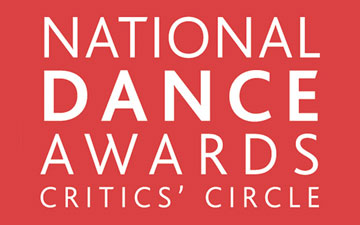

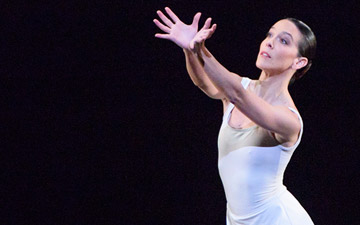

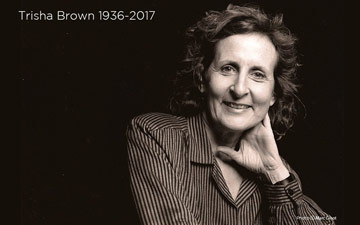
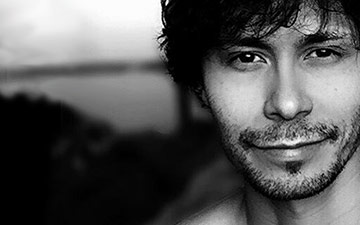
As a 40 year friend of David Drew, Paul Arrowsmith’s obituary is a great reflection of a very talented and extraordinary man.
As a relative, I should like to add that his warm, generous, intelligent and humorous personality made him a total “one off” – a much loved man. There was never enough time to get to know him. He was a performer par excellence, but his real character was his best ever!
Thank you Paul for a most elegant obituary.
[…] Read more about David Drew’s life in Paul Arrowsmith’s obituary for DanceTabs. […]